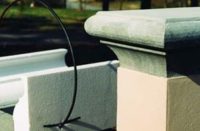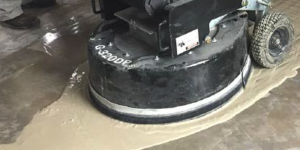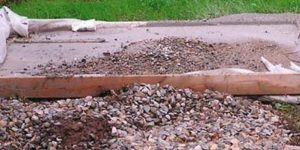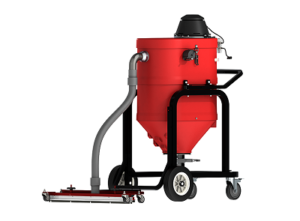If you’re doing anything with polishing, drilling or sawing concrete these days, you’re likely already using water in your processes. Those hedging on not using wet processes are staring straight at a mandate from OSHA that requires contractors to reduce the permissible exposure limit (PEL) for respirable crystalline silica to 50 micrograms per cubic meter of air, averaged over an eight-hour shift.
By September 23rd of 2017, that law will be in effect. Simply put, if you’re in this industry, you’re going to likely use water, and you’re going to have to figure out what to do with the byproduct — slurry — created by that process.
Going Green versus Greenbacks
Protecting the earth’s natural resources is something we all care about and trying to preserve them is a global effort. More specifically, there’s a staggeringly low amount of fresh water in the world, and it’s getting more expensive and scarcer all the time.
The other piece is that we are all trying to make a living here, and the more rules and regulations we have to follow the harder it gets. In that light, cleaning up the slurry created by our wet processes at best is a necessary evil. It takes time, it can be messy, and it costs money.
What are my options?
Prior to now, there just wasn’t much in terms of viable, cost-effective options. Chemicals made for coagulating can work, but there’s an ongoing cost associated with that. Vacuum systems are messy and ineffective.
Then one day we had an idea. What if we could get filter press technology out to the job site for smaller applications?
And voila! The Mud Hen was born.
But really, why Mud Hen?
Every day we wake up with the realization that the very best thing we can do is provide the highest-value, cost-efficient, water-recycling solutions to our customers.
For job site slurry cleanup, there is no equal. No gimmicks. Just durable, dependable, tried-and-true technology designed specifically for portability. We also pride ourselves in exceptional customer service and approachability.
So how does it work?
The slurry is brought in through a diaphragm pump powered only by a small air compressor. The solids are caught up in a series of chambers, and the water is sent back out of the machine. When the Mud Hen is full, the resulting cakes are dropped into a container for disposal and the machine is restarted.
For more information about the Mud Hen, please visit www.themudhen.com.
For all of our other complete full-circle water solutions, visit www.fullcirclewater.com.




















